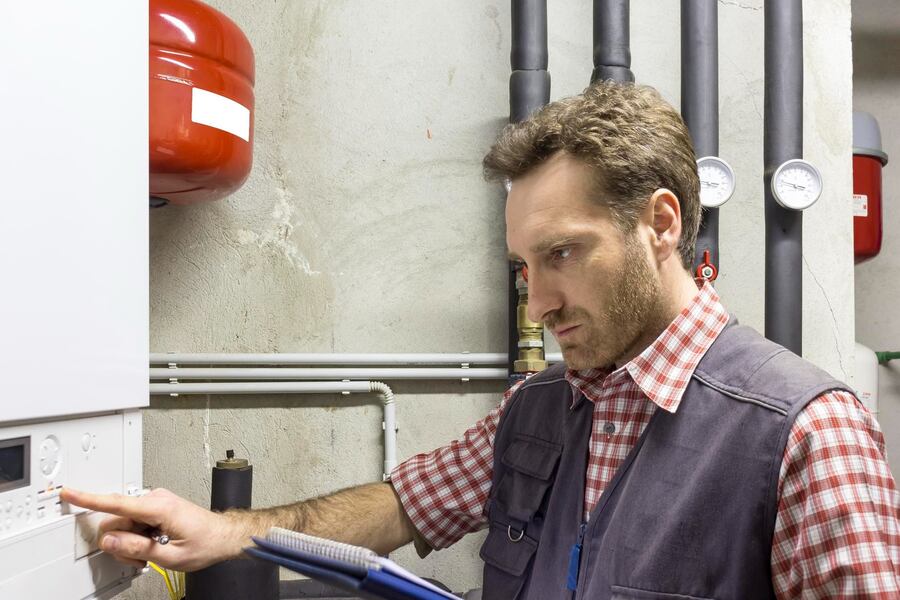Call This Thursday to Get $50 OFF
Call This Thursday to Get $50 OFF
Call This Thursday to Get $50 OFF
Call This Thursday to Get $50 OFF
One of the most crucial preventative maintenance tasks that can keep your water heater in good working condition is draining the unit. This process helps flush out the sediment that builds up in the bottom of the tank. Draining a water heater improves its efficiency and extends its lifespan. The good news is that this is something you can undertake yourself as long as you know the steps to follow. However, there are water heater problems that should be left to a trusted plumbing repair service.

In this guide, High Speed Plumbing explains the process of draining a water heater and when you should seek professional help from a skilled plumber. We are a top-rated plumbing contractor that offers a wide range of services, including water heater replacement, drain cleaning, and many more.
For electric water heaters, turn off the power at the circuit breaker. For gas water heaters, switch the gas control valve to the “pilot” setting. This is important to avoid damage to the unit or injury while draining.
Locate the cold water valve at the top of the water heater and turn it off. This prevents more water from entering the tank while you’re draining it. It’s important to know where the shut-off valve is located in the event of an emergency.
Hot water can cause burns, so it’s safe to wait a few hours after shutting off the heat source. If you’re in a hurry, run hot water from a nearby faucet to help the tank cool down faster.
Attach a garden hose to the drain valve located near the bottom of the water heater. Run the other end of the hose to a floor drain, outside, or into a large bucket. Be cautious about where the water will drain—hot water and sediment can damage certain surfaces or plants.
Are you dealing with a leaky faucet, low water pressure, or a broken handle? If so, you might need a faucet…
A properly working garbage disposal makes kitchen cleanup easy and efficient. If your disposal is acting up—making loud noises, leaking, or…
When your main water line has a problem, it can cause a lot of trouble for your home. Leaks, low water…
Are you dealing with an old, leaky, or broken toilet? If so, it may be time for a toilet replacement in…
If you’re concerned about the quality of your water, water filtration installation in Pomona is a wise choice. A good filter…
Traditional snaking or chemical drain cleaners can harm pipes and aren’t always effective at reaching deep blockages…
Soap scum, hair, or skin are notorious for causing clogging in your shower. The substances accumulate over time, later coagulating and…
Nobody enjoys the thought of sewer problems. Whether it's blocked drains or overflowing toilets, a plumbing emergency can be a huge…
To allow air into the system and ensure proper draining, open a hot water tap in your home. Then, open the drain valve on the heater and let the water flow out. If sediment is thick, you may notice slow draining or murky water.
Once the water appears to have fully drained, turn the cold water supply back on briefly to stir up any remaining sediment and push it out through the drain valve. Let it run until the water runs clear. If the water doesn’t seem to clear up, there’s a good chance the hot water heater tank is corroded. Do not hesitate to call a local plumbing repair service for an inspection.
Once flushing is complete, close the drain valve, remove the hose, and close the hot water faucet you opened earlier. Turn the cold water supply back on and allow the tank to fill. Once the tank is full, restore power to an electric unit or turn the gas valve back to “on.”
If you need help flushing your water heater or water heater repair, turn to High Speed Plumbing. Our team of plumbers offers reliable water heater services, including tankless water heater installation, water heater replacement, routine tune-ups, inspections, and many more. Whether you have a storage tank water heater or a tankless unit, you can trust the pros at High Speed Plumbing to keep the appliance in good working condition. Contact us today to schedule water heater service with the team at High Speed Plumbing.